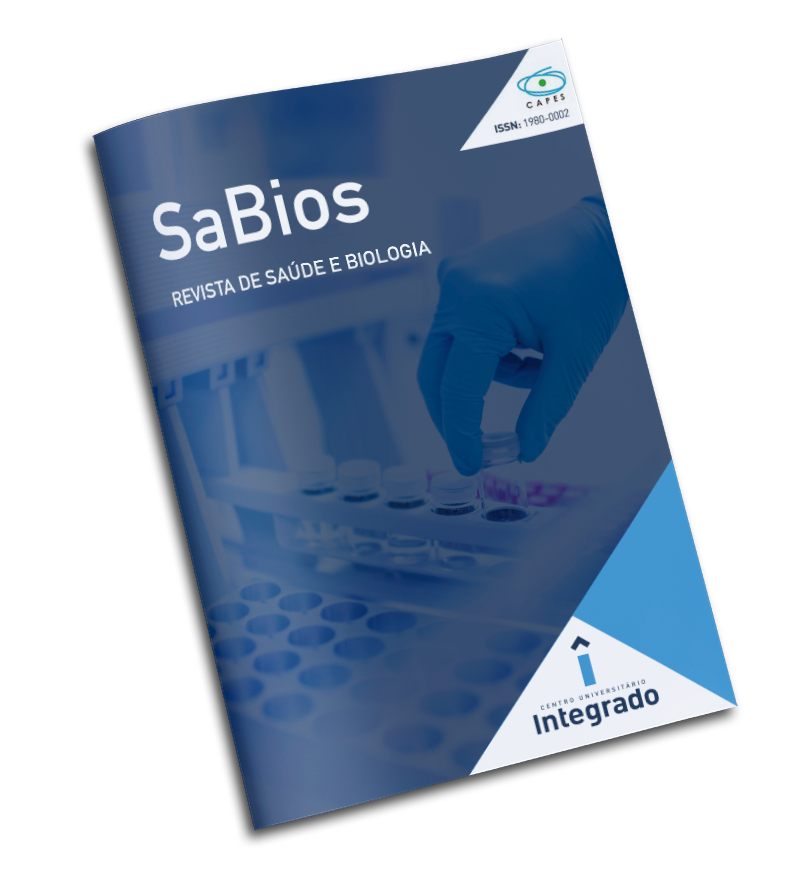Anemophilous fungi associated to the infirmaries environment of a hospital unit of Cabo de Santo Agostinho-PE, Brazil
DOI:
https://doi.org/10.54372/sb.2021.v16.2821Keywords:
Fungos anemófilos, Infecção nosocomial, Infecções oportunistasAbstract
The anemophilous fungi, which are hospital environment contaminants apparently unharmful, have become important opportunistic agents to be considered as possible precursors of allergic manifestations and severe infections in individuals with an impaired immunological system. Because of this, knowing the anemophilous microbiota from the health units has been so important for the development of actions to reduce the proliferation of biocontaminants, as well as infection control programs. The objective of this research was to isolate and to identify the anemophilous fungi associated to the infirmaries environment of a health unit located in the municipality of Cabo de Santo Agostinho – PE. The collect was performed by the spore’s passive sedimentation method, in which Petri dishes containing specific culture medium were exposed and opened in strategic points for 20 min. After this period the plates were closed, labeled, and incubated for 7 days at 28 ºC, with daily readings, to follow the fungal growth. The following filamentous fungi were found: Penicillium sp., Aspergillus spp., Fusarium spp., Rhizopus spp., Cladosporium spp., Acremonium spp., Tritirachium sp., Curvularia spp., Nigrospora spp., Cunninghamella spp., besides yeasts and non-sporing fungi. The most frequent genera were Penicillium and Aspergillus, which are possible agents of disseminated diseases in immunosuppressed patients. The results found in this study helped to establish subsidies for the development of nosocomial infection prevention programs by the Hospital Infection Control Commission of the analyzed hospital.
Downloads
Published
How to Cite
Issue
Section
License
Copyright (c) 2021 SaBios-Revista de Saúde e Biologia

This work is licensed under a Creative Commons Attribution-NonCommercial 4.0 International License.
Direitos Autorais para artigos publicados nesta revista são cedidos pelo autor à SaBios-Revista de Saúde e Biologia, que está autorizada a publicá-lo em meio impresso, digital, ou outro existente, sem retribuição financeira para os autores. Em virtude da aparecerem nesta revista de acesso público, os artigos são de uso gratuito, com atribuições próprias, em aplicações educacionais e não-comerciais.
Copyright of articles published in this journal are transferred by the author to SaBios-Journal of Health and Biology, which is authorized to publish them in printed, digital or other existing way, without financial reward for authors. Considering that articles appear in this public accessed journal, they are free to be used in educational and non-commercial applications.





















